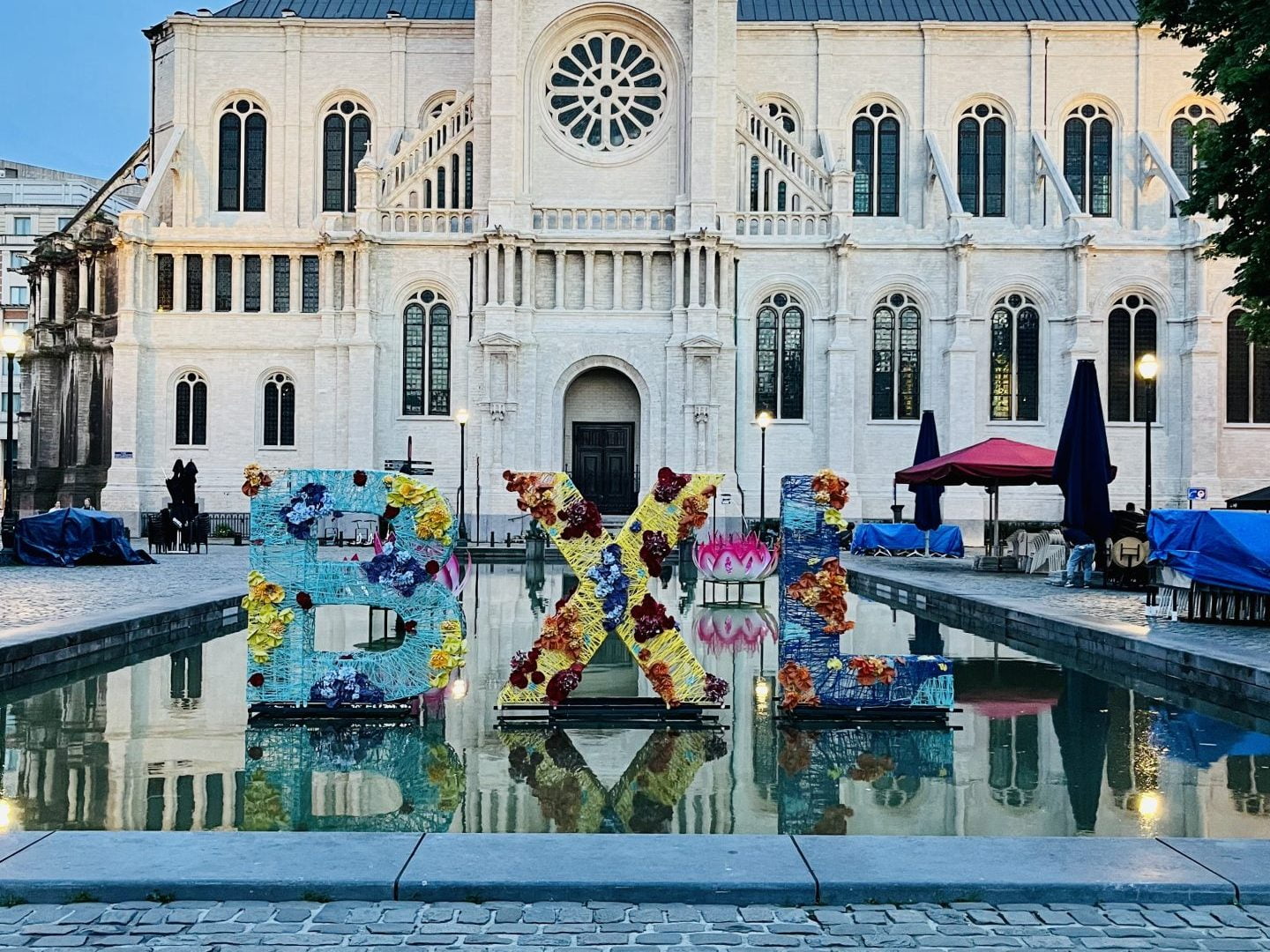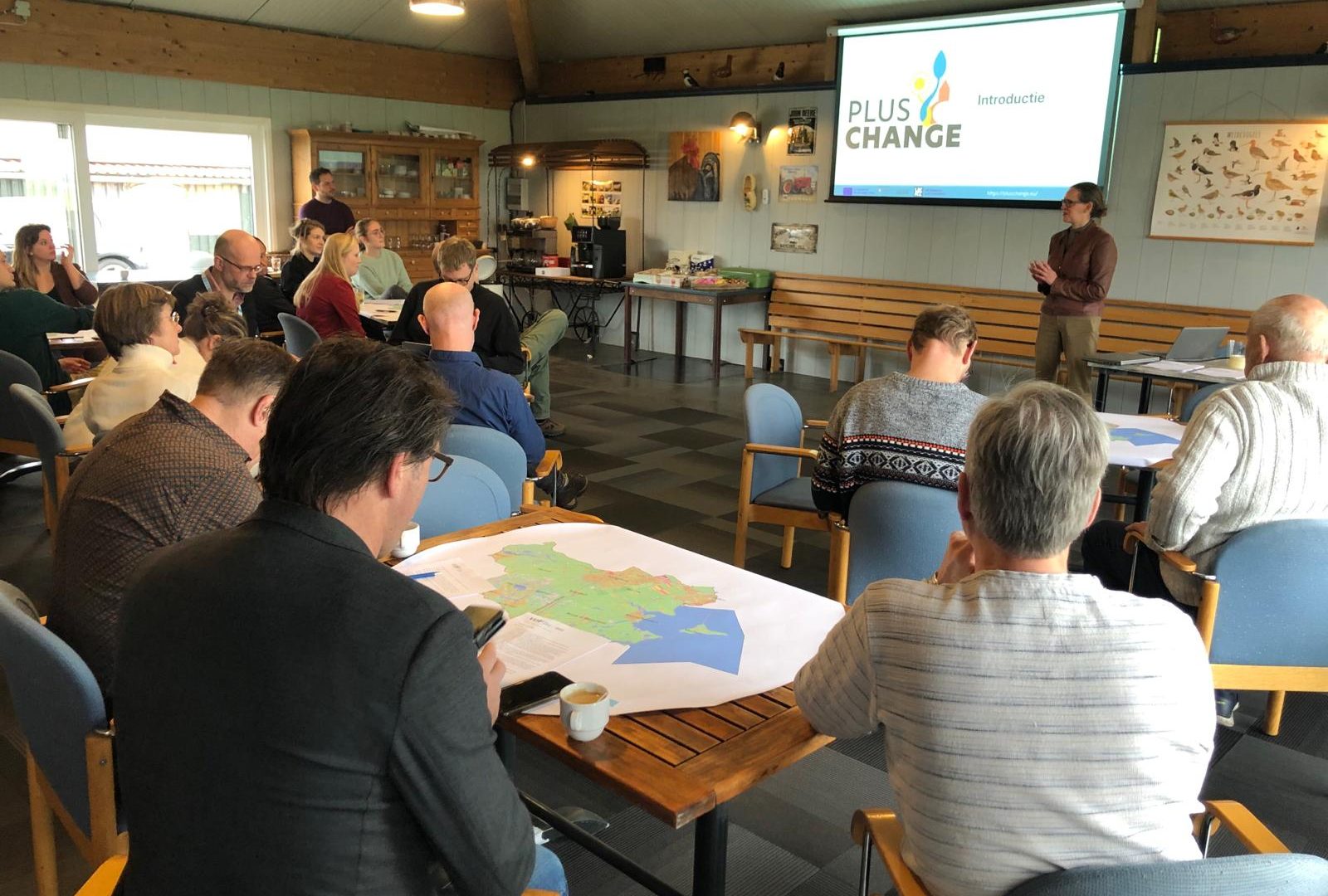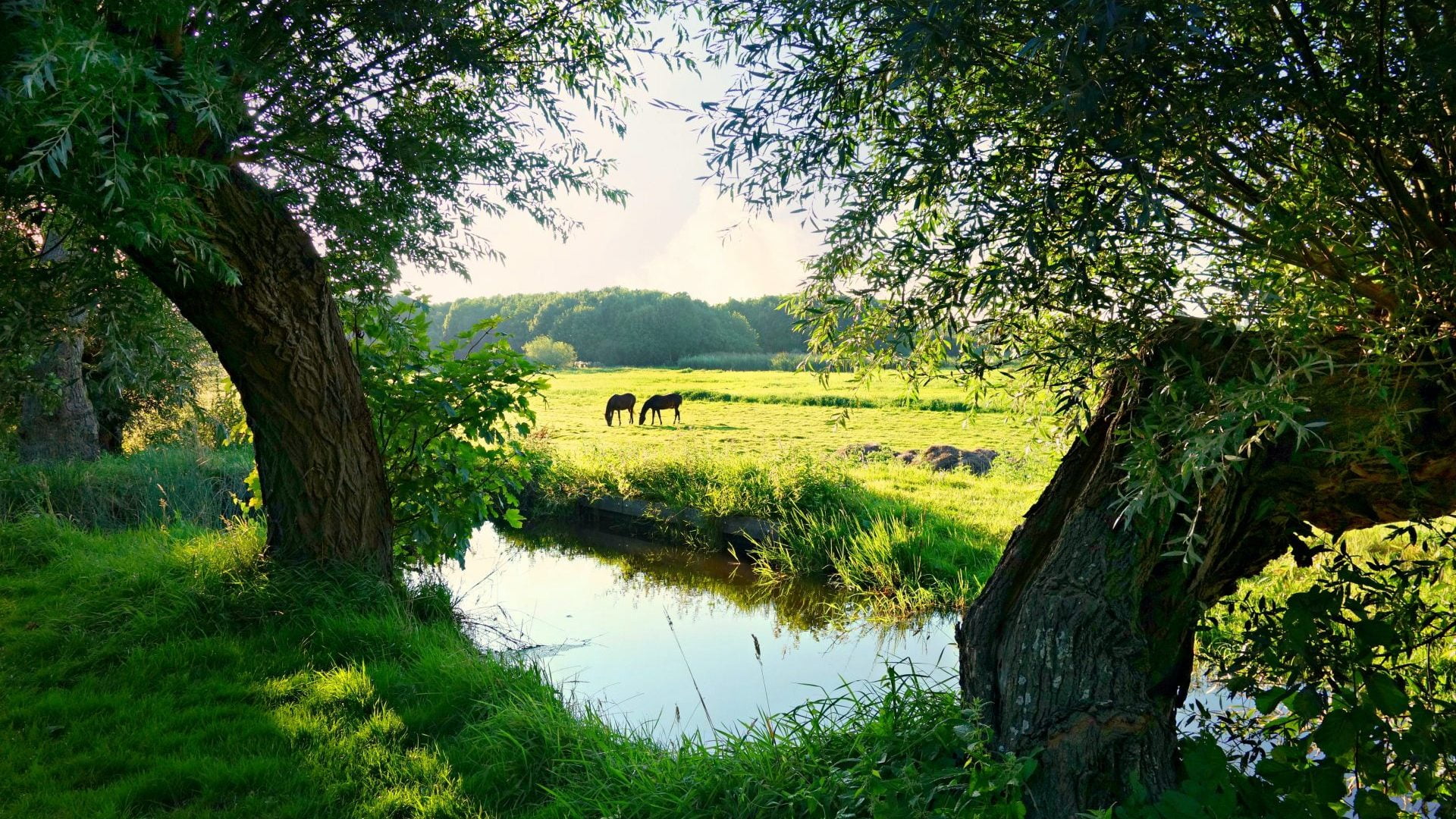
Amsterdam (NL)
The Amsterdam Metropolitan area is comprised of 32 municipalities and two provinces (North Holland and Flevoland). Approximately 2.5 million people live in the area, making up more than 14 percent of the population of the Netherlands.
With high level infrastructure, strong economic standing, and a rich cultural history, the area aims to develop in such a way that fosters urban greening and sustainability, while maintaining quality of life for its inhabitants.
Focus area and Challenges
The Amsterdam metropolitan area encounters noteworthy challenges stemming from population pressure, the conservation of valuable cultural landscapes, nitrogen deposition, biodiversity loss, noise pollution generated by Schiphol Airport, and the distinctive aspect of being situated below sea level. These various issues exert tremendous pressure on the limited space available, thus calling for innovative and sustainable solutions.

Objectives
In the region, there are several key objectives that are being pursued. Firstly, there is a drive to promote housing projects that embrace circularity. This involves emphasizing sustainable resource management and waste reduction, as well as integrating housing with food production. The approach is citizen-oriented and farm-oriented, with the aim of fostering local food systems and increasing self-sufficiency. Another crucial goal is the preservation and appreciation of the region’s cultural landscapes, which hold significant historical value for the community.
Through the PLUS Change project, we aim to gain a deeper understanding of the values, desires, and motivations of the local population regarding land use strategies. The aim is to find the most suitable path forward for sustainable development and harmonious growth in the area.



